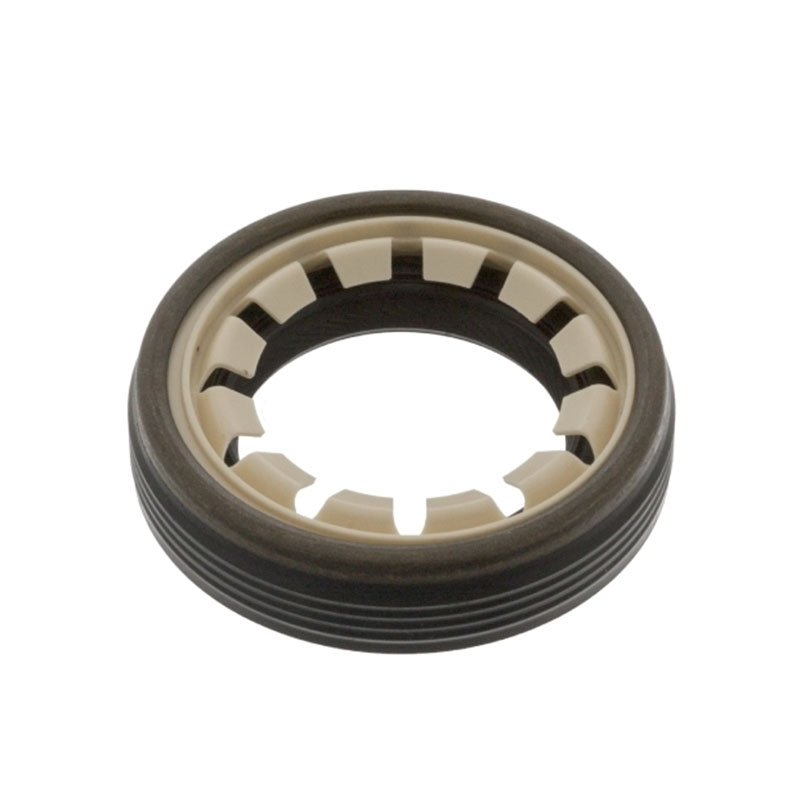30x52x10 Oil Seal Specifications and Applications for Effective Sealing Solutions
Understanding Oil Seals The 30-52-10 Specification
Oil seals play a crucial role in a variety of mechanical systems, serving as barriers that prevent the ingress of dirt and moisture while retaining lubricants within moving parts. Among the many specifications available in the market, the 30-52-10 oil seal stands out due to its specific dimensions and applications. This article will delve into the details of oil seals, focusing particularly on the 30-52-10 variety, to provide a comprehensive understanding of their functions, construction, and importance in engineering and automotive applications.
Definition and Function of Oil Seals
An oil seal, also known as a radial lip seal, is designed to seal rotating shafts and prevent lubricants from leaking out while simultaneously keeping contaminants such as dust and water from entering the system. Constructed from a blend of material (usually rubber or a rubber-like substance) and metal, oil seals play a pivotal role in numerous applications, including automotive engines, gearboxes, and various industrial machinery.
Dimensions and Specifications
The 30-52-10 designation specifies the dimensions of the oil seal
. In this notation- The first number, 30, represents the inner diameter of the seal in millimeters. This indicates the size of the shaft that the seal is designed to fit. - The second number, 52, denotes the outer diameter of the seal, which is also measured in millimeters. - The last number, 10, indicates the thickness of the seal.
With these measurements, it becomes clear that the 30-52-10 oil seal is suitable for a shaft with an inner diameter of 30 mm, making it compatible with a wide range of machinery applications.
Materials Used in Oil Seals
oil seal 30 52 10

The material composition of an oil seal is crucial to its performance. Most oil seals, including the 30-52-10, are made from materials like nitrile rubber (NBR), silicone, or fluoroelastomers, each offering different benefits. Nitrile rubber is commonly chosen for its excellent oil and fuel resistance, while silicone seals may be preferred in high-temperature applications due to their thermal stability. Fluoroelastomers, although generally more expensive, offer superior chemical resistance and are used in more demanding environments.
Applications of the 30-52-10 Oil Seal
The 30-52-10 oil seal finds its place in various mechanical applications. One common use is in automotive engines, where they are employed to seal the crankshaft and camshaft. This is vital for maintaining the engine’s internal oil pressure and preventing oil leaks that could lead to significant engine damage over time.
In addition to automotive applications, these oil seals are also utilized in industrial machines, pumps, and hydraulic systems. Their ability to withstand pressure variations, temperature changes, and potential chemical exposure makes them indispensable in many fields of engineering.
Importance of Proper Installation
To maximize the lifespan and effectiveness of an oil seal, proper installation is essential. Misalignment or incorrect fitting can lead to premature wear and failure. Mechanics must ensure that the seal is seated properly, avoiding over-compression, which can damage the lip of the seal. Regular inspection and maintenance of oil seals can prevent costly repairs and downtime in industrial applications.
Conclusion
The 30-52-10 oil seal exemplifies the vital functions and significance of seals in machinery. Understanding their specifications, materials, and applications can help engineers and technicians make informed decisions that enhance the durability and efficiency of mechanical systems. Whether in an automotive engine or industrial machinery, the role of oil seals is integral to operational success, safeguarding against leaks, and ensuring optimal performance in various working environments. For anyone involved in machinery maintenance or production, familiarizing oneself with components like the 30-52-10 oil seal is essential for achieving reliability and efficiency in mechanics.
-
Simplifying Oil Changes: A Comprehensive Guide to Oil Drain Plugs and Their Variants
News Aug.04,2025
-
Mastering Oil Drain Maintenance: Solutions for Stripped, Worn, and Upgraded Oil Plugs
News Aug.04,2025
-
Fixing Oil Pan Plug Issues: Leaks, Stripped Nuts, and the Right Replacement Solutions
News Aug.04,2025
-
Everything You Need to Know About Oil Drain Plugs: Sizes, Fixes, and Upgrades
News Aug.04,2025
-
Choosing the Right Oil Drain Plug: A Guide to Sizes, Materials, and Drain Innovations
News Aug.04,2025
-
A Complete Guide to Automotive Drain Plugs: Types, Problems, and Innovative Solutions
News Aug.04,2025
-
The Ultimate Guide to Car Repair Kits: Tools and Essentials Every Driver Should Own
News Aug.01,2025
Products categories















